Charlotte Molesworth’s cuttings edge
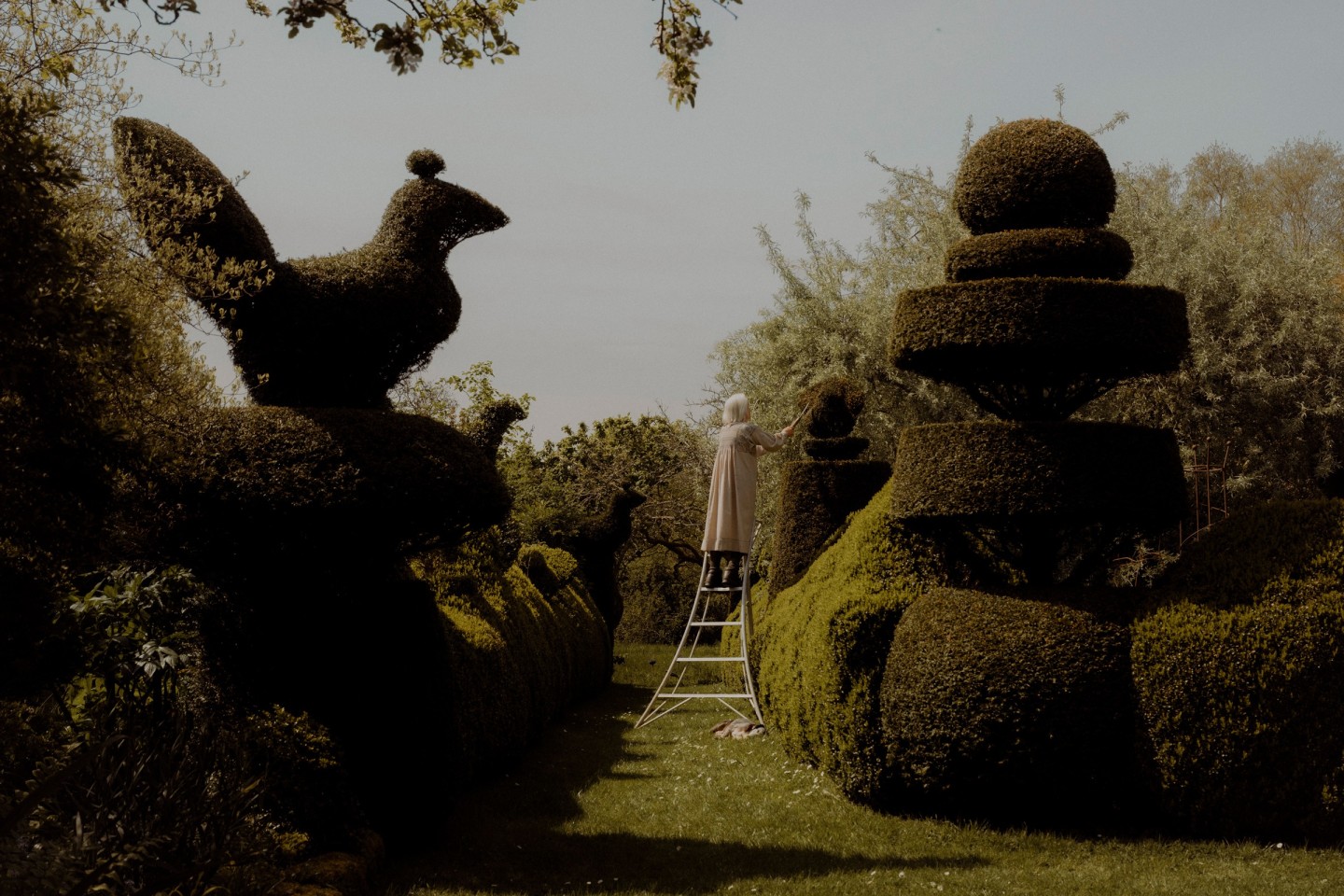
Roula Khalaf, Editor of the FT, selects her favourite stories in this weekly newsletter.
The first sign that something magical awaits behind the arched hornbeam entrance to Charlotte Molesworth’s Kent garden is a glimpse of the full-bellied double box hedge. Meticulously clipped and topped with balls, it encroaches tantalisingly over a brick path.
Through the little wooden gate is a wonderland of topiary creatures and towering yews: crowns, spirals, peacocks, vertiginous tiered giants and the beginnings of soon-to-be-shaped creatures. More than 20 varieties of coiffed box cultivars include Buxus latifolia maculata with its big glossy leaves; B macrophylla (good for larger hedges); the beautiful variegated “Elegantissima” and, of course, the slow-growing, elegant, eponymous “Molesworth”. Running through the middle of it all, wavy hedges provide a backdrop for lush mixed borders of magnolias, heritage roses, hostas and white foxgloves.
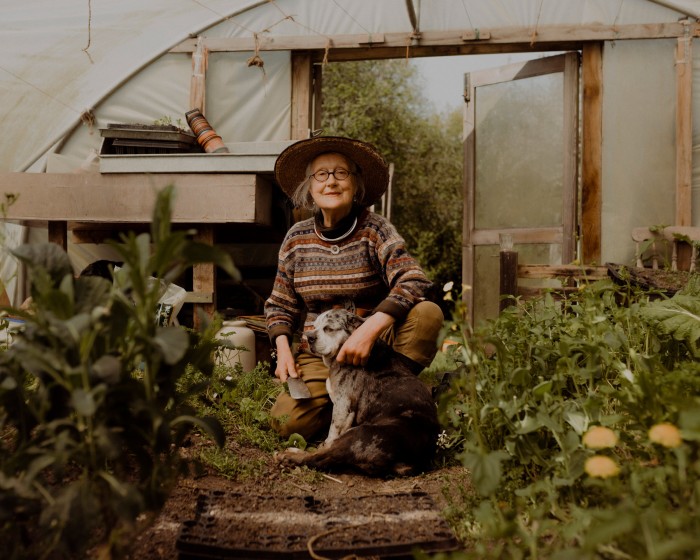
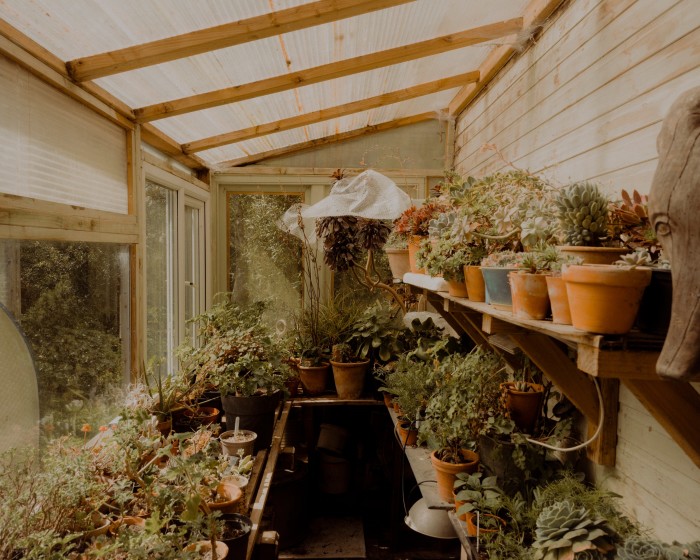
It has been 40 years since the artist and plantswoman, together with her husband Donald, bought Balmoral Cottage – a dilapidated gardener’s dwelling on the grounds of The Grange estate, with four overgrown acres of land that was once the kitchen garden. Until 1981 the whole estate had been the home of Collingwood “Cherry” Ingram, the Edwardian plant hunter and prunus enthusiast who saved the Great White Cherry “Taihaku”, reintroducing it to Japan where it had become extinct. Following in this tradition, the garden Molesworth has created has become a place of pilgrimage for scholars, horticulturalists and budding topiarists and, in turn, she has become an enthusiastic flag-waver for these invaluable evergreen forms – brilliant for the time-strapped (they only need pruning once each year), resilient and, as her story attests, created at almost no cost.
Molesworth has a deep connection with garden-making. Her mother and aunt were both keen gardeners and collectors – her mother used to go around the North Downs villages where they lived, collecting cottage garden plants on her pony and trap. Her artistic leanings were nurtured at art school in Canterbury and Brighton, followed by a job dyeing costumes and props at the Royal Opera House, and then as an art teacher at Benenden girls’ school, where she worked for 16 years.
It was while at Benenden that Molesworth came across Balmoral Cottage, which was not far away. When Donald, then a farmer and later a gardener, proposed, she thought it would be perfect for them – and the ideal place to start her box cuttings. They married in July 1983, and approached the cottage’s owners, Martin and Judith Miller – the founders of the hugely successful Miller’s Antiques Price Guide – about buying. A deal was swiftly struck, but the banks would not lend the money for a dilapidated house, so the Millers, in an act of philanthropy, lent them the rest of the asking price themselves: “The house was falling in, it was a ruin. The walls were collapsing, the roof was gone. Everything needed doing. Nobody had lived here for a long time,” says Molesworth, over a salad of fresh green leaves still warm from her kitchen-garden polytunnel, served with organic cheddar and the couple’s homemade rye bread.
On Christmas Eve 1983, along with one donkey, two dogs, two cats and seven chickens, they moved into their little house. “We had one lightbulb, a little table with two chairs and our bed and a candle,” says Molesworth. “We lit the old Rayburn and the fire with some logs from next door. It was absolutely enchanting.”
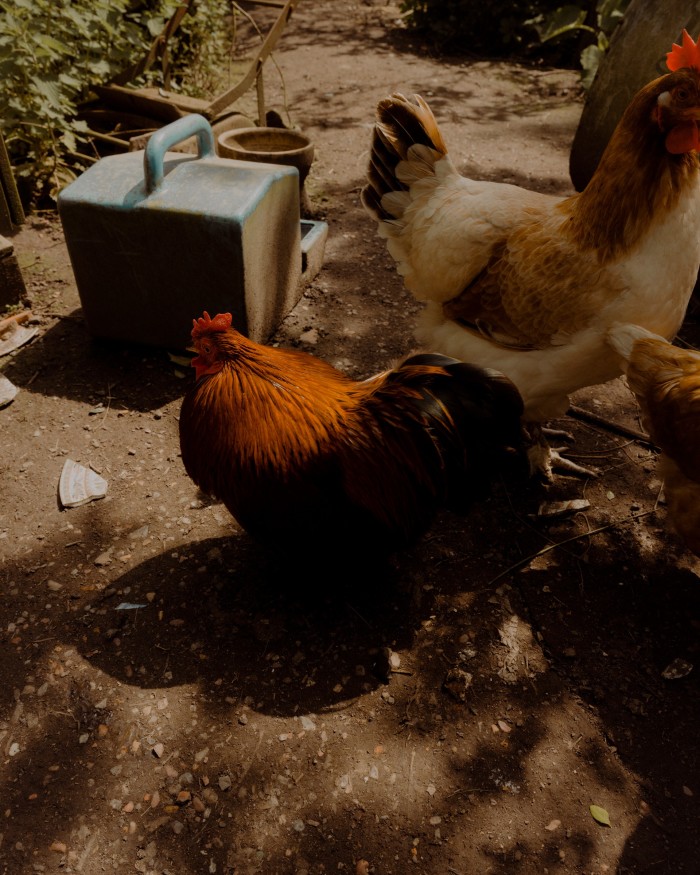

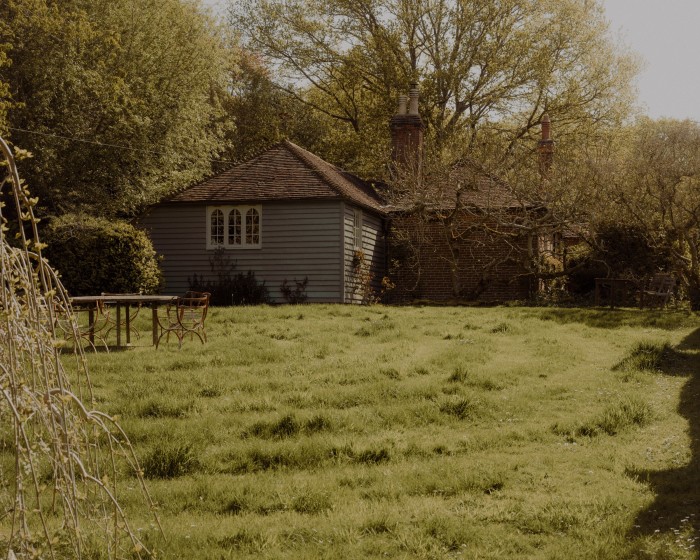
The garden – although overgrown with weeds and forgotten flowering leeks and cabbages – had the benefit of being on Wealden clay soil that had been routinely improved over decades of use as a kitchen garden. “Good soil is the food and life of a garden,” says Molesworth. “We were lucky that we had it from the start. Because you can spend as much money as you want to, but if you’ve got rubbish, ill-drained or poor soil, that’s where you’ve got to spend. A penny for the plant and a pound for the hole.” (It’s for that reason, perhaps, that dreaded box blight has not struck here – although Molesworth is also fanatical about hygiene. And from the start she avoided using chemicals in her garden, maintaining everything organically long before it was fashionable to do so.)
The Molesworths arrived with “hundreds of plants in every sort of pot – dustbins, old tins, anything we could get. We had plants from Don’s father’s garden; from my mother’s garden, from little gardens I’d made and we took plants and cuttings wherever we went.” Molesworth “rowed out” box, yew and holly, creating a makeshift nursery to grow the plants in before moving them into their final position.
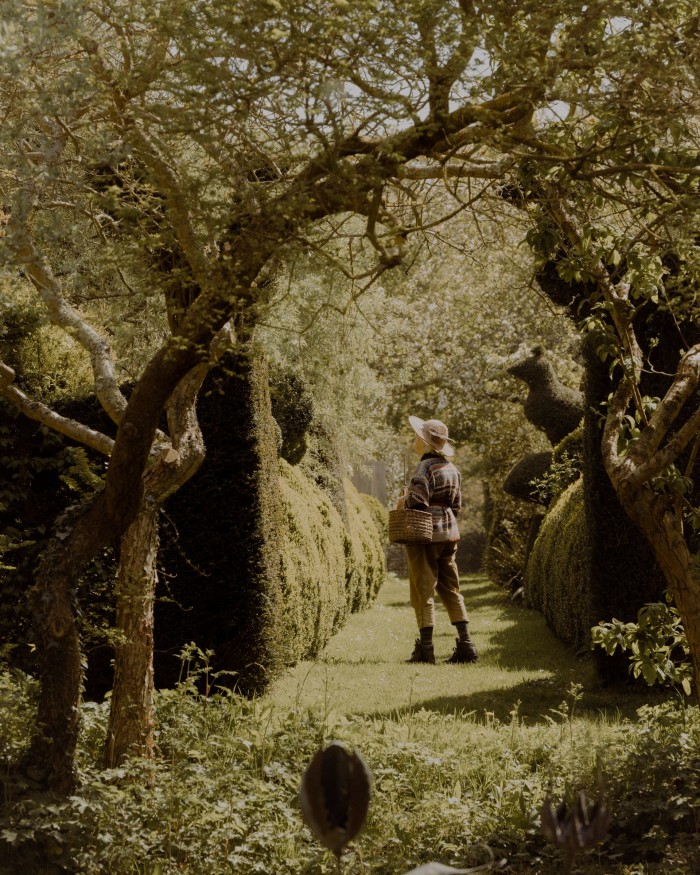


But this process also gave her thinking time: “You can observe them and then you can divide them again or take cuttings and build up a stock too,” she says. And so she nurtured a precious cuttings garden in tandem with the full-sized plants. Meanwhile, as the hedges grew, she shaped them. And topiary began to emerge from the larger plants. (She advises close attention to the natural form of the plant – a strong leader or main stem lends itself to symmetrical upright shapes, forking branches might naturally start to suggest the form of a topiary creature.)
At the time, there was a growing interest in box and formal gardens. Elizabeth Braimbridge had opened Langley Boxwood Nursery in Hampshire in 1983, where she collected myriad varieties and raised public awareness of the plant. The following decade she founded the European Boxwood & Topiary Society, and the Molesworths became inaugural members at the organisation’s first meeting at Dorney Court in 1996. “It was a passport to see so many private gardens all over the place,” says Molesworth. “And we met European growers like Karel Goossens – it opened up a whole new world.”
Over time, Molesworth was increasingly asked to design other people’s gardens, so she signed up for a course with landscape designer John Brookes at Denmans in West Sussex, where she learnt to create meticulous and professional site surveys and plans. Her designs are simple – native hedging, fruit trees and topiary – and her clients have included both local Kentish estates such as Goodnestone Park and the stately home Penshurst Place, as well as many private gardens. Many of her gardens have now been taken on by her former protégés – including Darren Lerigo – who have built their own careers as topiarists.
“Every few years there’s a garden that people begin to talk about,” says Christopher Woodward, director of the Garden Museum, which recently held an evening dedicated to Molesworth’s topiary. “I wouldn’t use the word eccentric, because Charlotte is also very grounded. But it’s a garden where somebody’s life and personality has gone into it. There’s a very strong central vision.”
Molesworth continues to work as an artist too. Over the next August bank holiday weekend (26-28 August), the couple will host an annual open studio and garden, where sculpture by Peter M Clarke, ceramics from Colin Griffiths and prints by Katie Scott will be shown alongside Charlotte’s exuberant paintings. Many of these are of her garden – often featuring the gnarly apple trees at the far end of the garden (one of which came down, its roots almost entirely upended, in the storms of 1987, but still lives on). Visitors will find the garden humming with life, insects and creatures, which are all welcomed into this verdant eden.



Now that her garden has reached its maturity, Molesworth’s attention has turned to legacy. Her story is not only an inspiration, but a riposte to “the instant garden” – where mature hedges and trees with rootballs the size of small buildings are shipped around the world. The instant garden naturally comes at a dizzying cost – but there’s a carbon cost to the planet too. “When you’re buying an expensive garden, you’re buying time,” says Molesworth. But it can never recreate the innate spirit of a garden made over a lifetime.
For now, the couple, their two rescue dogs, Dolly the donkey and their small flock of Ryeland and Shetland rescue sheep, have no plans to leave this idyll. But Molesworth is not complacent. “I would make another garden. I feel like I’ve got enough time and enough energy,” she smiles. “I’m a bumbler really, but I’ve been terribly lucky.”
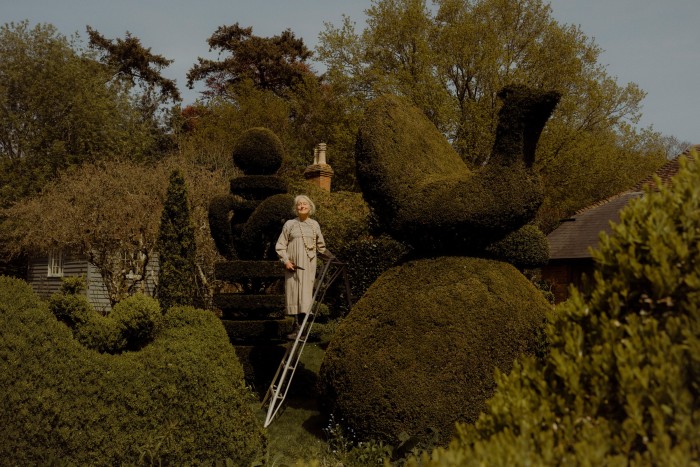
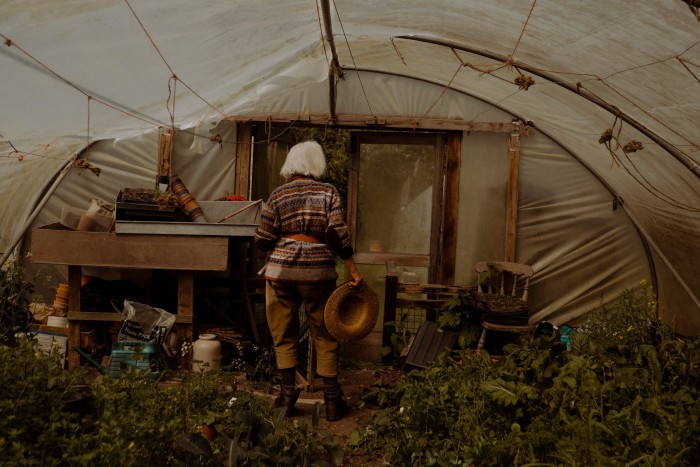

Comments